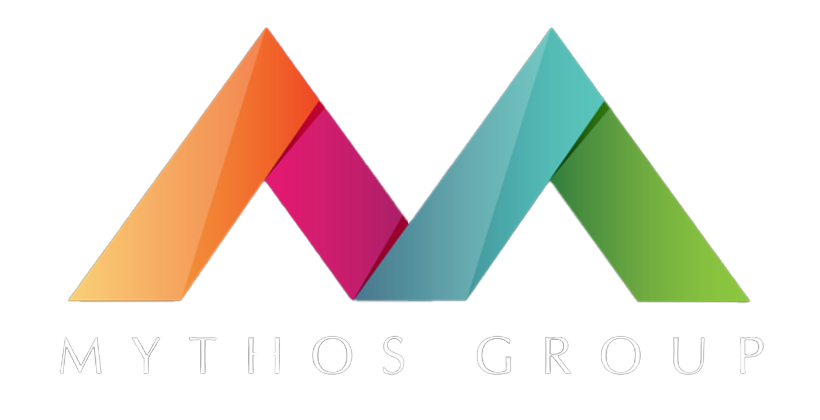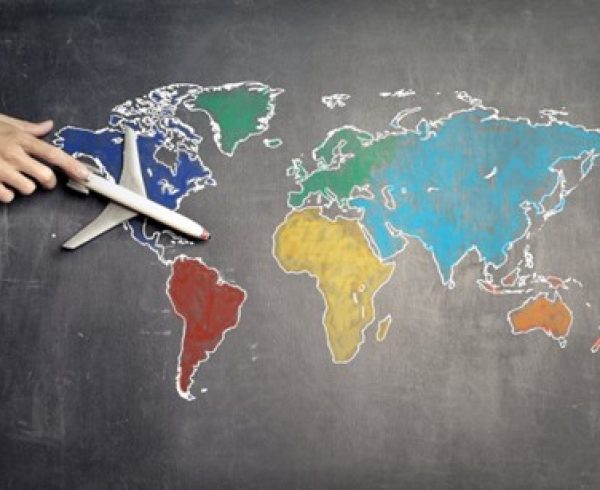Breaking Down In-Group Vs. Out-Group Dynamics
In today’s business landscape, creating an inclusive workplace is more critical than ever. In a Deloitte report surveying over 1,300 full-time US-based employees across various organization sizes, 80% stated that inclusivity is a key factor when choosing an employer, and 39% indicated they would leave their current company for a more inclusive one.
One of the most significant barriers to achieving an inclusive workplace is the presence of in-group vs. out-group dynamics. These dynamics involve the social categorization of individuals within a group or organization, where the in-group consists of people who share similar characteristics, beliefs, or experiences, while the out-group comprises those perceived as different or not fitting the established norms.
What Are In-Groups And Out-Groups?
In the business realm, the concepts of “in-group” and “out-group” play a crucial role in defining the intricate dynamics of group membership and social identity within an organization.
- In-Group: refers to a specific team, department, or unit within the organization where individuals experience a strong sense of belonging. In-groups are characterized by shared objectives, mutual trust, and a deep sense of collaboration among team members. These groups often have established communication patterns and norms that significantly contribute to their effectiveness in achieving organizational objectives. Members of the in-group tend to have a strong sense of camaraderie and are aligned in their vision for success.
- Out-Group: encompasses individuals or teams outside one’s immediate unit or department. They may not partake in the same projects or daily interactions with the in-group and could be perceived as less familiar or aligned with their objectives. This can lead to a lack of cohesiveness and alignment in goals between the in-group and the out-group, potentially impacting overall organizational effectiveness.
Many people can relate to experiencing these dynamics in their workplace, sometimes describing it as feeling “like middle school again,” with an “it-crowd” and everyone else. For the in-group, life is easy. They have good relationships with the boss, the office is their comfort zone, and they receive support in their roles, allowing them to thrive seamlessly. For others uncertain about their place in the office, each day can feel like an uphill battle to reach the same level of rapport with their boss as their peers, be taken seriously, and not feel like an outsider.
In-group vs. out-group dynamics can manifest in various ways, such as favoritism towards in-group members, marginalization of out-group individuals, and reinforcement of stereotypes and biases. These dynamics can be subtle, making it challenging for leaders who are in-group members themselves to identify and address these damaging habits. However, it is crucial not to allow these dynamics to persist, as they can lead to toxic work environments that hinder innovation, productivity, employee well-being, and ultimately result in high turnover.
Business leaders must recognize when these dynamics are forming or if they are already deeply ingrained in the organization. They should invest in breaking down these dynamics and finding ways to diminish cliques and help out-group members feel just as much a part of the team.
Recognizing In-Group/Out-Group Dynamics
Some red flags to watch out for include homogeneous teams or departments, lack of diversity in leadership positions, unequal access to opportunities and resources, cliquish behavior or exclusive social gatherings, and biased hiring or promotion practices.
In an interview with Fast Company, Board Member Val Vacante described how a culture of favoritism is a clear indicator of a toxic workplace. “Positive cultures seek out diverse perspectives, fostering equitable practices and openness,” said Vacante. “Hiring from the same pool of friends, former colleagues, and the alumni network—bypassing high performers to promote friends or former colleagues into higher-level roles, or showing favoritism for some while moving targets for others is a no-no.”
In-groups can form based on various links that initially bring people together. A study from Neuroscience & Biobehavioral Reviews outlines that “In-group bias can be both implicit and explicit (Amodio and Mendoza, 2010) and occur between any types of social groups such as political, ethnic, national, regional, or even trivial groups (i.e., groups that can be artificially created and differentiated by trivial criteria such as the color of clothing).”
The study further explores how in-group bias affects our neural networks, suggesting that “the brain may recruit different neural networks in a flexible way according to skills that are needed in each context: different perceptual, emotional, and cognitive brain networks may be recruited when one should help an in-group member, when one should recognize an out-group member’s facial expressions, and when one needs to memorize an out-group member’s actions.” Essentially, this deeply rooted bias requires conscious effort to become aware of and ultimately recondition.
Breaking Down These Dynamics And Fostering An Inclusive Workplace
The dangers of allowing these dynamics to persist cannot be overstated. In-group vs. out-group dynamics can create an environment where employees feel pressured to conform to a narrow mold set by the in-group, limiting the potential for diverse perspectives and ideas. This not only stifles innovation but also leads to higher turnover rates and lower employee satisfaction.
The impact of in-group vs. out-group dynamics extends beyond the workplace. When individuals feel excluded or marginalized at work, it can have a ripple effect on their personal lives, leading to increased stress, anxiety, and even depression. This, in turn, can further exacerbate the negative consequences of these dynamics, creating a vicious cycle that is difficult to break. When employees feel respected, supported, and included, they are more likely to be engaged, motivated, and committed to their work. This leads to higher levels of job satisfaction, reduced turnover, and improved mental health and well-being.
An article in Harvard Business Review states, “Implicit biases around culture fit often lead to homogeneity. Too often it comes down to shared backgrounds and interests that out-groups, especially first-generation professionals, won’t have. That’s why it’s important to clarify objective criteria for any open role and to rate all applicants using the same rubric. When one insurance company began hiring in this way, it ended up offering jobs to 46% more minority candidates than before.”
To break down in-group vs. out-group dynamics and create a more inclusive workplace, businesses must actively embrace diversity and inclusivity. This involves promoting diversity in hiring and leadership positions, providing equal opportunities and resources for all employees, encouraging open communication and dialogue about diversity and inclusion, implementing diversity and inclusion training programs, and celebrating and leveraging the unique strengths and perspectives of each individual.
The Deloitte report suggests that inclusivity starts at the top. Leadership should both look and feel inclusive for it to be taken seriously across the organization. The report further suggests that “organizations should embrace the intersectionality of their people, recognizing that each individual has a number of distinct and unique identities, strengths, and experiences that overlap and intersect in different ways that all contribute to one’s unique and authentic self.”
This may involve conducting regular diversity and inclusion audits, setting clear goals and metrics for improvement, and holding themselves and others accountable for creating a welcoming and equitable workplace culture. It also requires ongoing education and training to help employees understand and appreciate the value of diversity and inclusivity.
Fostering an inclusive workplace is an ongoing process that requires continuous learning, growth, and adaptation. As society and the business landscape evolve, so too must our understanding and approach to diversity and inclusion. By staying informed, open-minded, and committed to positive change, organizations can create workplaces where every individual feels valued, respected, and empowered to reach their full potential.







